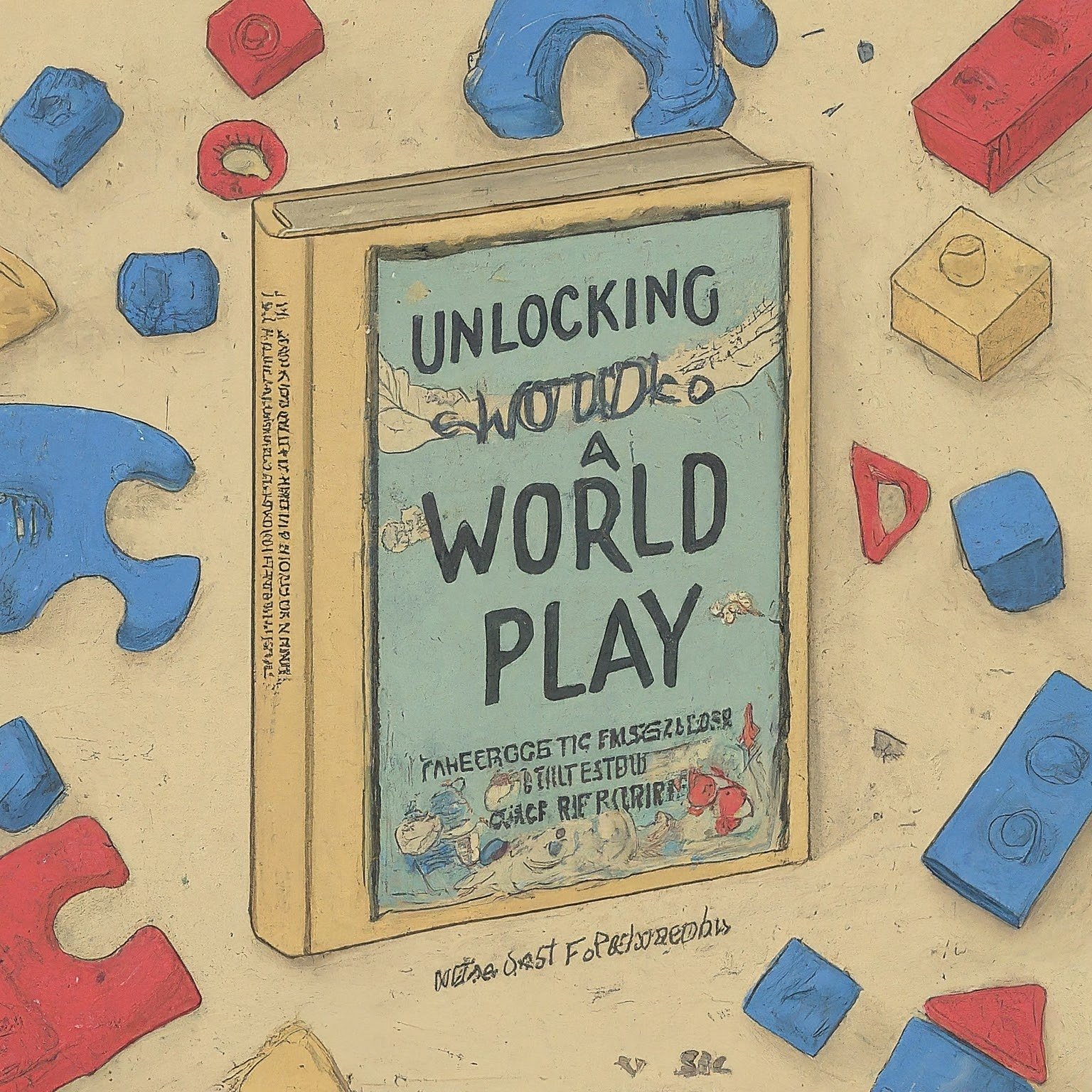This article explores the importance of teaching empathy to children and provides steps on how to do so effectively. Empathy is a skill that helps individuals understand the feelings of others and respond in socially appropriate ways. By teaching empathy, parents can help their children develop emotional intelligence, build strong relationships, and increase their overall well-being. The article discusses the stages of empathy development in children and offers practical strategies for teaching empathy through modeling, emotional awareness, managing emotions, and engaging in empathy activities. It emphasizes that developing empathy is a gradual process that requires patience and practice.
Read more about the latest articles
What is Empathy?
Empathy is the act of putting oneself in someone else’s shoes and understanding their feelings. It is a social and emotional skill that allows us to navigate the world around us and interact with others in a meaningful way. By using our own experiences and understanding the emotions of others, we can respond to people in a way that acknowledges their feelings and needs.
Why is Empathy Important?
Empathy is an essential life skill for children to possess and is closely linked to emotional intelligence. Emotional intelligence is the ability to understand and manage our own emotions, as well as recognize and respond to the emotions of others. Developing empathy skills can have numerous benefits for children, including:
- Increased tolerance of others
- Enhanced social harmony and the ability to build strong, secure relationships
- Greater happiness and well-being
- Reduced stress levels
- Increased success in personal and professional life
- Improved emotional regulation and management
When Do Children Develop Empathy?
While children are inherently egocentric when they are young, meaning they primarily focus on their own needs and desires, they are also born with a certain level of innate empathy. However, this initial understanding is more about a desire to be good or help others rather than genuine empathy. As children grow and develop, they go through several milestones in empathy:
-
Noticing/Emotional contagion: This stage is characterized by a instinctual reaction to another person’s feelings, where their emotions evoke a similar response in us. It is a passive observation of emotions.
-
Correctly interpreting: In this stage, children start paying attention to and observing the feelings of others. They become more aware of emotions but may not fully understand or feel them themselves.
-
Feeling the same emotion: At this stage, children begin to genuinely experience and understand the emotional experiences of others. They can empathize with others on a deeper level.
-
Responding to the emotion: In the final stage, children have a comprehensive understanding of others’ feelings and use this knowledge to support or respond to those emotions. They may provide comfort or help to someone in need.
By the age of 2, children usually exhibit some fundamental empathy and have emotional responses that correspond with others’ feelings. However, they don’t fully develop a concept called “theory of mind” until around age 4. Theory of mind refers to the ability to understand that other people have different beliefs and experiences from their own. Empathy continues to grow and develop throughout childhood and into adulthood.
Read more about the latest articles
Can Empathy Be Taught?
Absolutely! While empathy has some level of innate aspect to it, teaching empathy is possible through experience and repetition. Early childhood experiences and parenting strategies can play a significant role in shaping empathy and helping children become compassionate and kind individuals.
How to Teach Empathy
One of the crucial elements in teaching empathy is modeling and repetition. Children learn about empathy by practicing and experiencing it themselves. Here are some specific ideas for training and supporting your child’s development of empathy:
1. Walk the Walk
When teaching empathy, it is essential to embody the behavior and attitude you expect from your child. Be a role model by demonstrating empathy in your interactions with others. Your child will learn from observing your actions and understanding how empathy looks in practice.
2. Teach Your Child About Emotions
Help your child understand and identify emotions by naming feelings when you see them in your child or experience them yourself. Use a variety of “feelings” words to expand their emotional vocabulary. By providing the words to describe their emotions, your child will be better equipped to understand their own experiences and empathize with others.
3. Help Your Child Manage Big Feelings
It is normal for children to experience intense or negative emotions such as anger or shame. Teach your child how to manage these emotions in a positive and productive way. By learning how to regulate their emotions, they will develop stronger emotional intelligence, which is closely tied to empathy.
4. Try Empathy Activities for Kids
Engage your child in activities that encourage empathy and perspective-taking. These activities can include:
- Reading stories that provoke thought and discussion about other people’s experiences and emotions.
- Playing with toys that promote caregiving and empathy, such as baby dolls.
- Dressing up and role-playing different compassionate roles, like doctors, nurses, or teachers.
- Role-playing scenarios to practice empathy, such as playing a board game and discussing feelings associated with winning or losing.
- Drawing or art activities that explore emotions and encourage empathy.
Teaching empathy is a crucial part of child development. It equips children with valuable skills for navigating the social world and promotes their overall mental health and well-being. Remember that teaching empathy takes time, and it is a complex skill that develops over time. Be patient and kind with your child as they learn and practice empathy, and continue to support their growth in this area throughout their lives.













